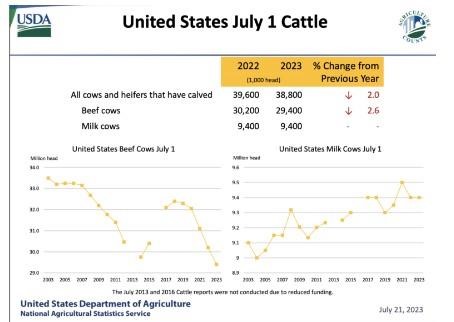Now, with the COVID restrictions eased, the U.S. Center for Dairy Excellence is ramping up in-person activities.
Late last month, 26 food and beverage product development specialists, R&D scientists and senior managers gathered at USDEC’s U.S. Center for Dairy Excellence. A July 13-15, 2.5-day workshop highlighted the innovation potential of U.S. dairy ingredients.
“Our aim was to introduce the multi-faceted benefits of U.S. dairy ingredients to inspire food and beverage manufacturers in Southeast Asia to expand product lines with U.S. dairy proteins and permeate and meet consumer needs for healthier products,” said Kristi Saitama, USDEC vice president, Global Ingredients Marketing.
“The smiles, energy and enthusiasm of attendees was positive evidence of the workshop’s success.”
Leveraging partnerships
The workshop was not only the largest in-person customer gathering held at the U.S. CDE since its early-pandemic opening but was also the first that brought in attendees from multiple countries throughout Southeast Asia. In addition, it was a perfect example of USDEC leveraging its five-year partnership with Singapore’s Food Innovation and Resource Centre (FIRC).
Workshop participants represented food and beverage companies from Indonesia, Malaysia, the Philippines, Singapore and Thailand, with two additional attendees from academia and another from a Singapore government enterprise agency. Eight USDEC member companies took part in the workshop as well, many as presenters.
Innovation front and center
Over the first two days of the workshop, USDEC Southeast Asia staff and invited speakers gave a series of interactive presentations highlighting the multitude of ways U.S. dairy proteins and permeate could be used to develop a seemingly endless array of everyday foods that align with the dietary habits and preferences of Southeast Asian consumers.
On Day 1, Pauline Chan, director of Singapore-based Food and Nutrition Specialists, outlined how USDEC helped develop 47 Southeast Asian consumer-friendly foods and beverages to help fill protein intake gaps throughout the day. Martin Teo, USDEC Technical Director–Food Applications, Southeast Asia, took the presentation a step further, showing attendees how to select the best-fit U.S. dairy protein based on the application and desired functionality and exploring commercialization potential.
On Day 2, Juzar Kagalwala, director, BASES Business Partner, NielsenIQ Singapore, presented the "Evolution of Snacking in SE Asia," highlighting how nutritionally fortified snacks will power growth in the category. Kagalwala’s presentation segued into a joint discussion with Anoo Pothen, director-consumer insights at USDEC’s Southeast Asia office, drawing in key learnings from USDEC custom concept testing on protein-enhanced healthy snacks (for more on that research, see APFI item below).

Hands-on workshop
Teo then presented “better-for-you” savory snack prototypes made with U.S. dairy permeate and protein-enriched snacks featuring U.S. dairy proteins, many of which were developed through USDEC’s partnership with FIRC.
On Day 3, the workshop went entirely “hands-on.” Held at FIRC’s Mix and Bake Lab, participants were divided into five groups and given base recipes using dairy proteins and permeate. Each group was instructed to create three formulations using the base recipes and additional ingredients in the lab.
Click here to see more...